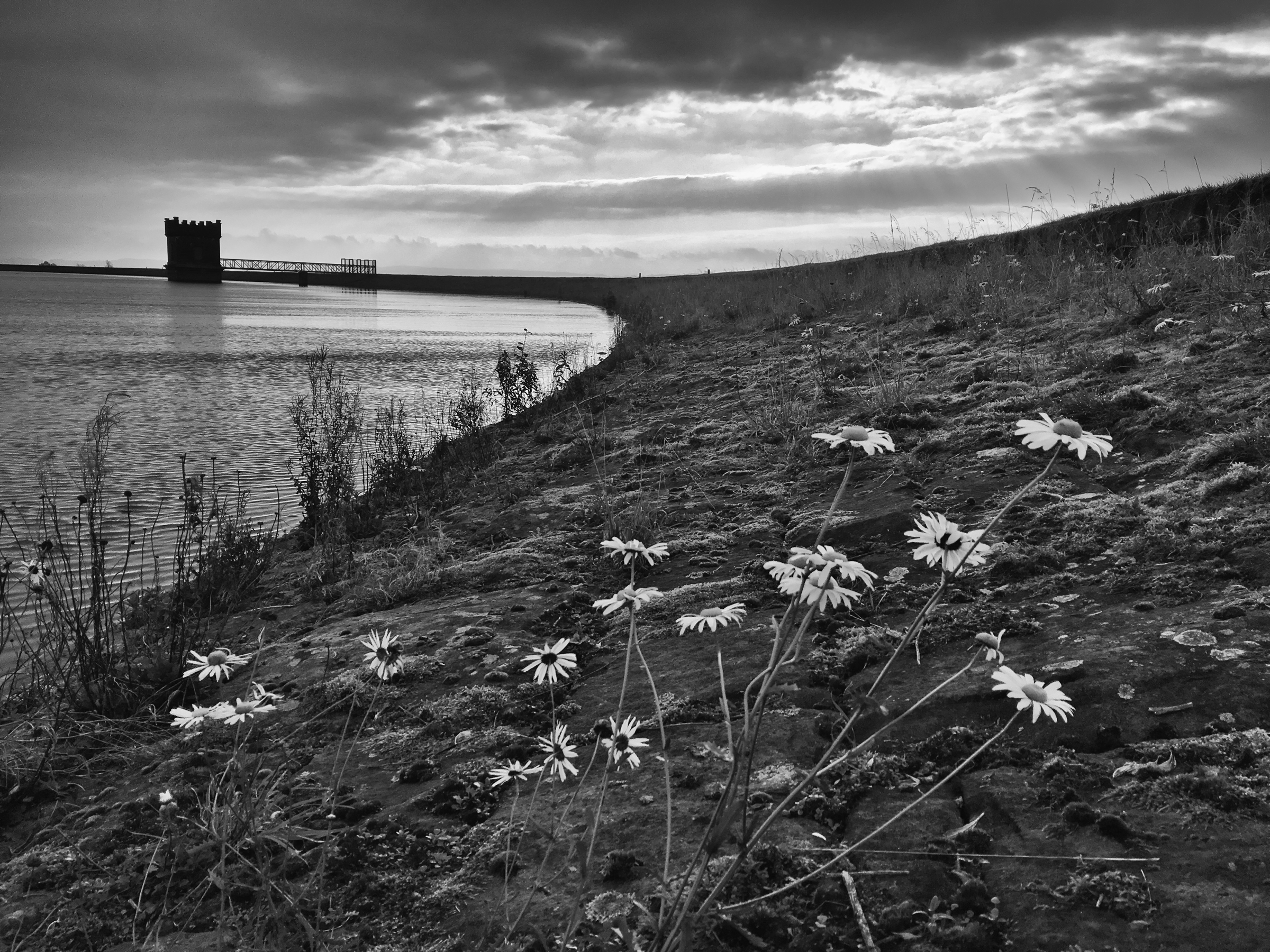Picture a landscape of a rushing torrent, lined with marigolds, cascading through lush green marshes and heathland dotted with lovely wildflowers. Dark volcano cones loom and snow-covered mountains stretch into the distance under a suffocating blanket of leaden skies. This is Iceland, the domain of the Harlequin Duck. Just as attractive as the landscape, which it inhabits, this hardy little duck could well be the prettiest of all, depending on your favourite colour. Blue maybe? Finished with striking ivory white spots and stripes, as well as deep chestnut flanks and head markings drake Harlequins are masterpieces of natural design. My friend Gary (Rocket) Jenkins’s photos from the Laxá (‘Salmon River’) published in Birding World were the best that many of us had seen at the time and later, in 2013, I travelled to northeast Iceland myself and saw how the birds fitted into the landscape. Since then I’ve had an image in my mind’s eye that I wanted to capture and earlier this month I returned with a Wild Images group to try to do just that. We had hoped for some interesting light at the time of our visit to the Lake Myvatn area. After a stormy couple of days the weather was due to clear and maybe there might even be a little sunshine. That’s it! Mixed cloud and sunshine is just what we wanted.
I don’t use automatic exposure settings and in fast changing light conditions like this it is hard work to keep up, constantly metering from the vegetation on the banks of the river. However, it is absolutely necessary to get close to the correctly exposing the dark blue plumage of the ducks against the foaming river (automatic settings never get it quite right unless the subject is massive in the frame). Once you’ve set a shutter speed sufficient to freeze the action, all you need to do is to concentrate on focusing on the birds, which is another challenge, as they disappear momentarily behind standing waves in the white-water of the river or paddle frantically, opening their wings and half flying through the rapids. With plenty of time to spend close to the water’s edge (don’t fall in by the way!) we enjoyed a steady stream of birds coming and going and some superb action in the water. I think we got pretty close to what we wanted. This appeared to be a great time to catch the drakes. When the females have settled down to nest but the drakes have not yet disappeared downstream towards the coast. A week later and they were all but gone.
[CLICK ON THE IMAGE TO OPEN A LIGHTBOX]


